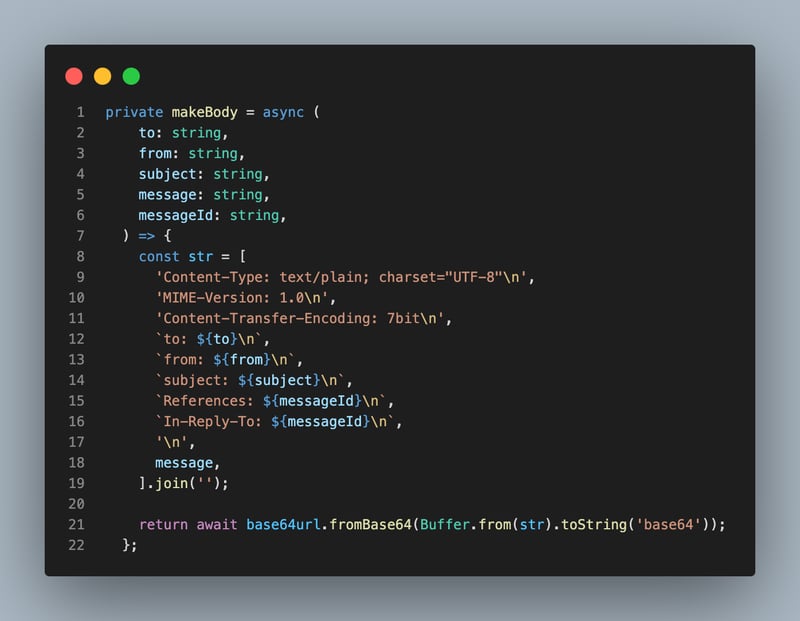There is so much to measure… why even bother including Developer Experience (DX)?
In the coding trenches of hackathons and late indie hacker nights, your vibe with the tools and tech you use daily can make or break your productivity and, most certainly, how much you enjoy your job.
Developer experience (DX) is all about that “click” — making sure the tech stack, documentation, and workflows are more of a tailwind than a headwind in your developer journey. (got the TailwindCSS reference there? 😉)
Measuring DX isn’t about nitpicking every minor annoyance.
Instead, it’s about identifying the big pain points and friction points that slow you down or, worse, get developers to churn from your tech stack. Permanently. By measuring DX, companies and teams can tweak and improve, making developers’ life smoother and more enjoyable.
What’s the metric?
Getting to grips with DX starts with figuring out what to measure. You’re looking for indicators that tell you how easy and enjoyable it is to get your work done. This could be anything from how quickly you can set up a development environment, to the time it takes to find answers in the documentation, to how seamless collaboration is with your teammates.
Think of DX metrics as a health check for your dev environment. They help you pinpoint where you’re losing time or hitting snags, so you can advocate for changes or find workarounds. It’s like having a map of the potholes on your daily commute so you can navigate around them.
Getting feedback
One of the best ways to measure DX?
Straight-up asking developers.
Surveys, interviews, and casual chats can uncover a wealth of insights into what’s working and what’s not. And don’t just talk to the loudest voices in the room. Make sure to get a broad cross-section of opinions, from the seasoned pros to the fresh faces just starting.
Feedback is gold. It gives you the raw material to build a better experience. But remember, it’s not just about collecting gripes and grumbles. It’s about understanding the why behind them, which can guide you to make meaningful improvements.
A gaming studio once faced backlash from its developer community over its new game engine’s documentation. The feedback, gathered through Reddit, Discord, and direct developer outreach, highlighted that the documentation was too high-level and lacked practical examples. Acting on this feedback, the studio upgraded its documentation to include step-by-step guides, boilerplate code, and real-world use cases. Results? A significant growth in the new engine’s adoption rate and a surge in positive feedback from the developer community, highlighting how responsive changes based on feedback can directly impact DX.
Implementing changes
So, you’ve gathered your metrics, listened to the feedback, and now you’ve got a pretty good picture of the DX landscape.
What’s next? Action.
This could mean anything from simplifying setup procedures, improving documentation clarity, to introducing new tools that better fit the team’s workflow.
Improving DX is an ongoing process. It’s about making small, strategic tweaks and then circling back to see how they’ve landed.
Rinse and repeat.
Over time, these adjustments can lead to a significantly better experience for everyone on the team.
Measuring and improving developer experience is crucial, not just for productivity’s sake but for the sanity of developers everywhere.
A great DX means less frustration, more innovation, and, obviously, better products.
So, take the time to measure, listen, and act. Your future (happier) developer self will thank you.



